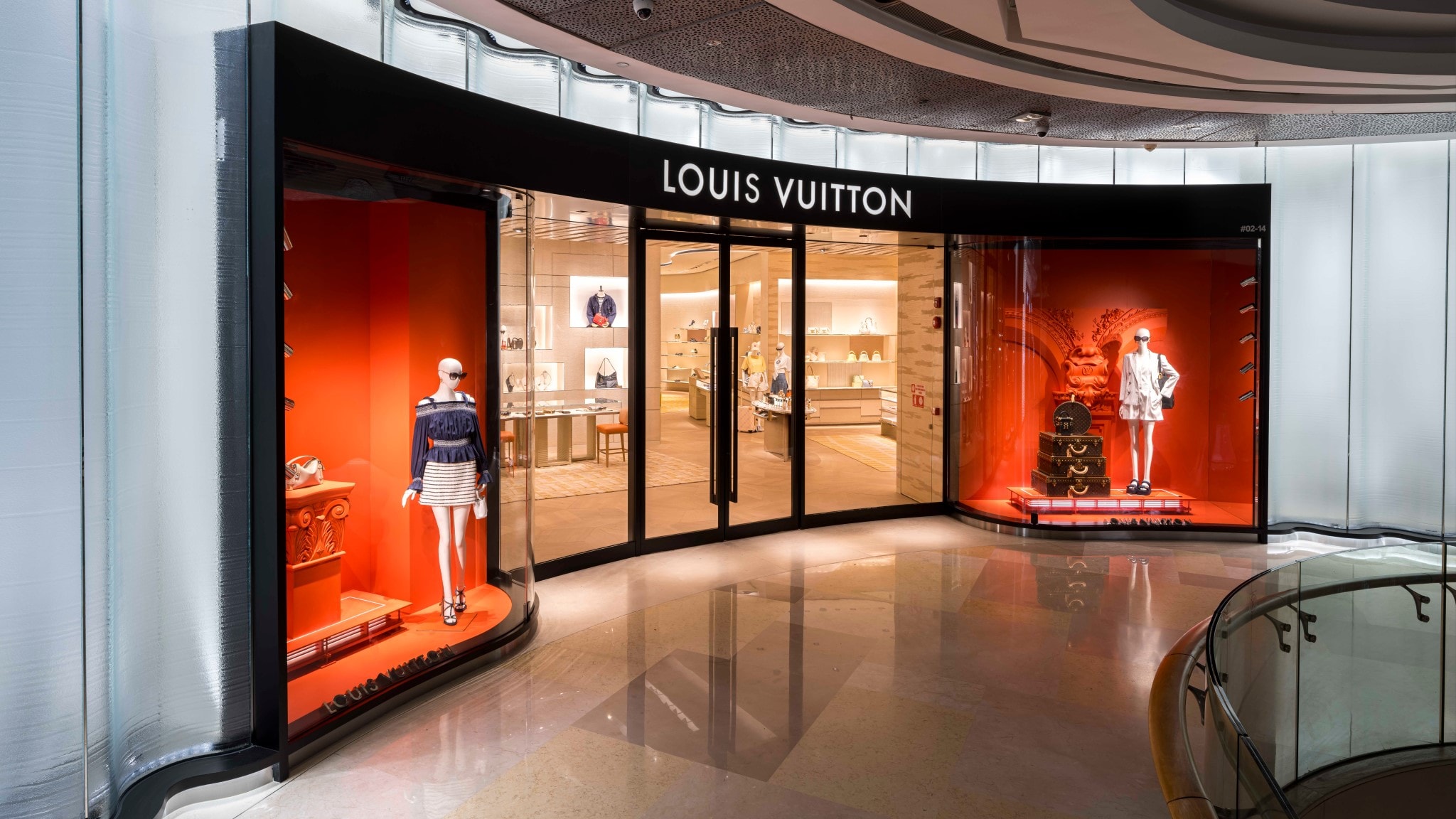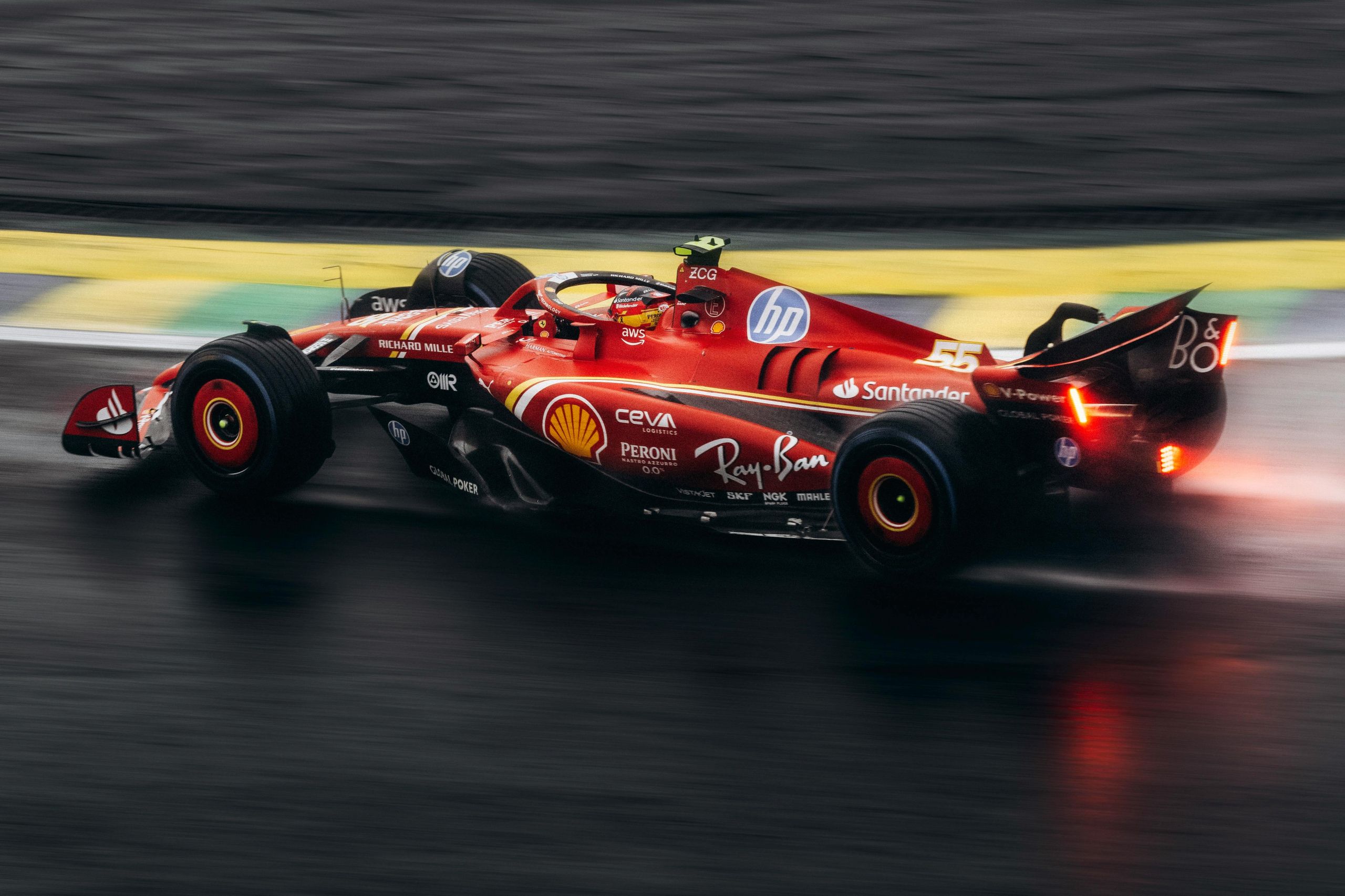It’s no secret that brands are rethinking their marketing strategies in a bid to appeal to millennials in the world’s largest market for luxury: China. But what really makes Chinese millennials tick?

It’s no secret that brands are rethinking their marketing strategies in a bid to appeal to millennials in the world’s largest market for luxury: China. But what really makes Chinese millennials tick?
*This is part of a series of articles by Anthony (Tony) Lee, the author of China Trend: Stories You Cannot Find in Search Engines. The tome offers an objective insider’s look into the inner workings of the world’s most populous nation. Previously based in Shanghai for over 16 years, Tony is also the founder of several media, advertising and PR companies in China.
In the US, millennials are typically described as those born in the 80s, 90s and early 2000s – also known as Generation Y. Although millennial characteristics vary by region, depending on social and economic conditions, the generation is generally marked by an increased use and familiarity with communications, media, and digital technologies.
China is no exception. However, the millennial concept in China usually excludes those born in the 80s. This is due to the clear generation gap between those born in the 80s and those that come after. Such a gap came about because of rapid economic growth in the country. Over the past 30 years, the economies of countries like the US, Korea and Japan grew by less than 100 percent. In China, however, this figure stands at over 300 percent. Therefore, it is not that much of a stretch to say that up until the early 2000s, 10 years of economic progress in China was almost equivalent to that of 30 in the US and the rest of the world. This created an interesting chasm in terms of wealth redistribution in China. For example, my neighbor, who was born in 1981, used to treat himself with a spoonful of white sugar instead of chocolates. After 30 years, he owns several multi-million dollar corporations and drives a Ferrari.
One other factor that differentiates Chinese millennials from their overseas counterparts is their access to information. Up until the 80s, Chinese society was largely closed off from the rest of the world. The only window they had to the outside world was via the foreign news section in state-owned newspapers or news programs on TV. That all changed in the 90s whenJapanese soap operas – that set new records in TV ratings – and Hollywood films, were made available for Chinese viewers. Such an influx of foreign content was exacerbated by the Internet in the late 90s and the curiosity of the Chinese that had been suppressed since 1949, simply exploded. With growing wealth, people also started traveling outside of China in search of new experiences. In short, the amount and depth of information gained through content and experiences by Chinese millennials is very different from that of previous generations – and this has directly shaped their characteristics and habits today.
Do you need to know more about localising your brand strategy for the Chinese market?
More Money
Chinese millennials are an internet generation as well as an “open policy” generation. In their formative years, the nation’s economy was on steroids, growing at an unprecedented rate. They were also products of the one-child policy, meaning that each child had six adults (parents and grandparents from both sides) watching over them from a young age. As a result, they never experienced financial hardships like the generations before them and are naturally optimistic about the future.

Image: jxzyw
More Pressure
With feeding the family off the list, parents wanted more for their children. Enrichment classes and extra curriculars became the norm. Chinese preschool children today, for example, are attending an average of five such lessons including English, piano, swimming and calligraphy, on top of their schoolwork (which is reportedly three times as much as the international average for elementary and middle school students). Such high expectations inadvertently create a pressure cooker environment, breeding a generation of millennials that are perpetually stressed out.
More Curious
Unlike the generation before them, millennials are much more curious and are willing to go the distance to satisfy that curiosity. This curiosity about the world drives them to travel widely; actively engage with others on social media; and constantly seek the latest trends and products. While this creates opportunities for new brands, it is an ongoing struggle for older brands to maintain top of mind awareness and inspire loyalty within this consumer group.
More Self-conscious
Of course, just because something is new doesn’t mean it will necessarily attract the attention of these millennials. While the older generation prefers keeping a low-profile, Chinese millennials are not afraid to express themselves. They care more about what they regard as their “个性” (Ge xing: unique personality/character) than conforming to old social codes. Consequently, they identify more with brands and narratives that they believe represent their Ge xing. Price and product origin is secondary. In addition, hobbies and leisure activities are important to them as they place a lot of focus on the things they enjoy doing.

Image: Sohu
The “Zhai” Phenomenon
As much as they love traveling, the notion of being “宅(Zhai: Originating from Japanese word “Otaku”, refers to a person who so obsessed with his hobby that he stays home all day to indulge in it, allowing little social interaction. In the US, such individuals are usually labelled as “geeks”) is also evident in the lifestyles of these millennials. They devote a large portion of their time and energy in playing online games and other hobbies. Instead of eating out or cooking, they stay home and order delivery. The food delivery market in China reached seven billion USD in 2017 and is expected to grow more than six times this year, with many of its customers including white-collar workers who playing games or watch videos at their desks instead of having lunch with their colleagues.

Image: CNBC
Convenience First
In China, there is a term “lazy economy”. Having grown up in a digital era of instant gratification, millennials hate having to wait. Millennials are early adopters and take to whatever they feel is convenient and complements their lifestyles. For one, you would be hard pressed to find a single millennial who doesn’t make use of mobile payments in China. Another example would be that of bike sharing – this business model revolutionised the decades-old habit of riding one’s own bike, walking, or taking other forms of public transport in less than a year!

Image: Huajiao
Image Obsessed
I was having a late dinner one day with my Chinese friends and noticed a couple of Chinese girls with their faces wrapped up in bandages dining next to us. According to a friend of mine, these girls made a living by creating live-streams online. For females, being an online celebrity requires a good-looking face (the photo below is a screen capture of image search result on Baidu with the keywords “直播网红”(Zhi bo wang hong: Live streaming celebrities). Plastic surgery is no longer a luxury enjoyed by only those who can afford to go to Korea. An increasing number of Chinese now have their plastic surgeries done in China. A dramatic surge in cosmetic purchases by Chinese tourists in Korea and Japan is also another reflection of this trend. Funnily enough, there’s an internet slang (invented by millennials) called “照骗” (Zhao pian). While it sounds similar in pronunciation with the phrase 照片 which means “photo”, it plays on the character “骗” which means “to deceive”. In other words, it refers to a photo that is created with the intention to mislead and bears little resemblance to real life.
In China, grown-ups often refer to millennials as “broken brains”, in expression of their frustration in not being able to understand what’s going on in the heads of these young people. While it might sound like trouble to some, it might very well be a sign of fundamental change in Chinese modern culture. This, of course, creates a whole new set of challenges for us marketers. It’s an interesting time to be in China indeed.
Cover image:CNBC









